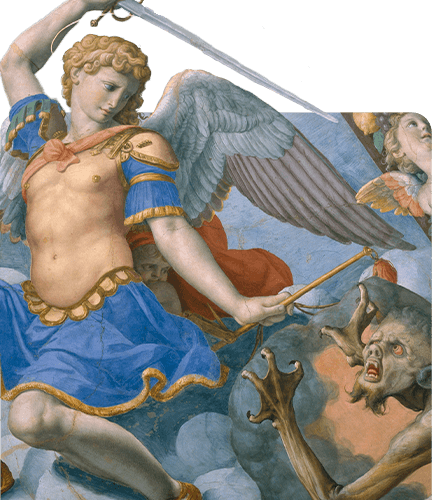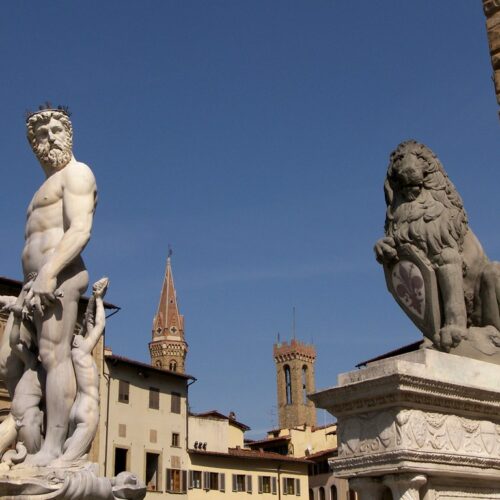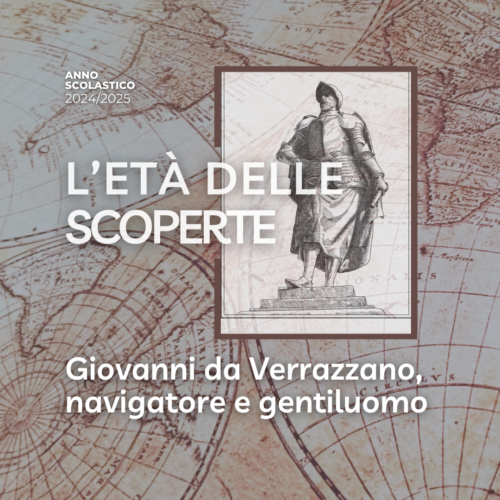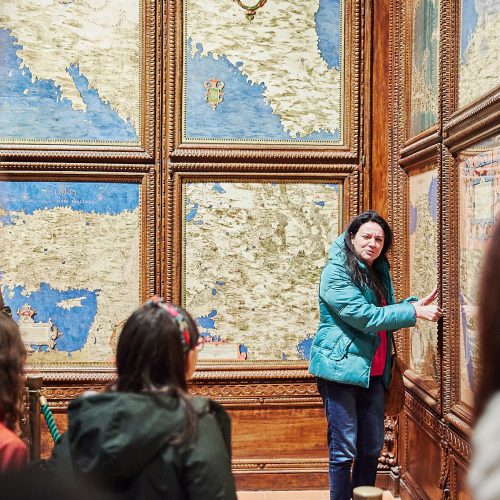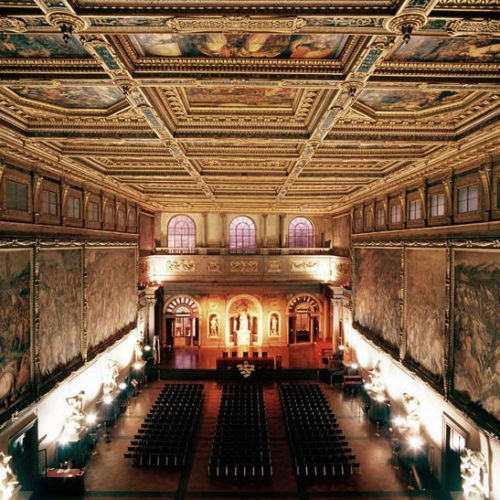Leonardo da Vinci e Firenze
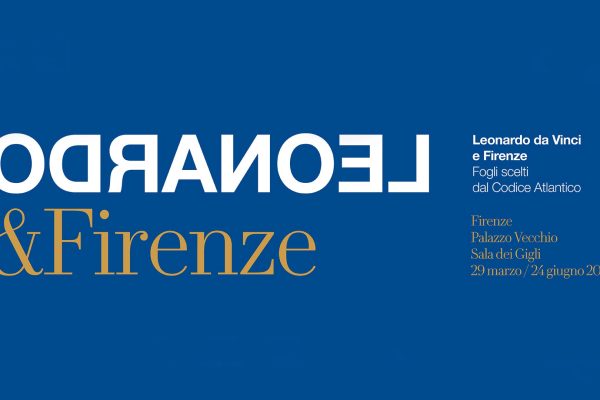
al 24 Giugno 19
Palazzo Vecchio, Sala dei Gigli
Per tutta la vita si definì ‘pittore fiorentino’, chiese nelle volontà testamentarie di essere sepolto nella ‘giesia de sancto Fiorentino de Amboysia’ e dedicò uno dei suoi ultimi ricordi scritti, l’anno prima di morire, al serraglio dei leoni che si trovava dietro Palazzo Vecchio. Il foglio dedicato all’animale totemico di Firenze, testimonianza di un ricordo ancora vivissimo, porta la significativa data del 24 giugno 1518, giorno del patrono cittadino. E proprio nel nome di questo legame, la sua città lo celebra oggi con la mostra Leonardo da Vinci e Firenze. Fogli scelti dal Codice Atlantico, che presenta, in Palazzo Vecchio, allora come adesso il luogo più rappresentativo della città, dodici carte vergate da Leonardo, provenienti dalla veneranda Biblioteca Ambrosiana e proposte in un percorso a cura di Cristina Acidini, dal 29 marzo al 24 giugno 2019. La mostra, promossa dal Comune di Firenze, è organizzata da Mus.e grazie al preziosissimo contributo di ENGIE, player mondiale dell’energia e dei servizi, che ha quale obiettivo quello di guidare la transizione a zero emissioni di CO2.
Il Codice Atlantico, conservato nella storica biblioteca di Milano, è composto da 1119 fogli, contenenti per lo più scritti e disegni di Leonardo da Vinci. Questo straordinario patrimonio grafico non è certo sconosciuto. Oltre alle edizioni integrali, che hanno seguito la prima curata dall’Accademia dei Lincei nel 1884, non si contano le ricerche e le pubblicazioni sui vari fogli a cura di studiosi di tutto il mondo. Inoltre, dopo l’imponente lavoro di restauro del Codice, nel 2008, la Biblioteca Ambrosiana stessa ha organizzato ben ventiquattro mostre, presentando diversi raggruppamenti tematici corrispondenti ai molteplici interessi di Leonardo e contribuendo così a mettere a fuoco la portata e la natura del suo ingegno: ‘Ingegno eccelso, poliedrico e dispersivo’, come lo definisce Cristina Acidini nella bella introduzione al catalogo.
I dodici fogli scelti, che non sono gli unici in cui si trovano richiami a Firenze, funzionano come fili d’Arianna al contrario, che indirizzano il visitatore nei profondi meandri del Labirinto, anziché indicarne l’uscita. E come Labirinto si devono considerare i tantissimi aspetti del rapporto sfaccettato e molto spesso contraddittorio tra Leonardo e la città nel cui dominio nacque e nella quale trascorse gli anni fondamentali della sua formazione.
Le carte in mostra sono state scritte tra gli anni Settanta del Quattrocento e la morte di Leonardo, nel 1519, e hanno tutte una straordinaria capacità evocativa. Grazie al contributo di esperti dei diversi argomenti trattati, di ogni foglio la mostra fornisce la motivazione per la quale è stato incluso, a partire dal primo che contiene la nota frase “Sandro, tu non di’ perché tali cose seconde paiono più basse che le terze”, interpretata come una critica alla prospettiva di Botticelli e che rimanda ai tempi in cui i due frequentavano entrambi la bottega di Andrea del Verrocchio, gettando le basi di una confidenza, che tuttavia non escluse mai la rivalità.
In questa vita complessa, costellata di incarichi prestigiosi dagli esiti non sempre positivi, ma vissuta sempre sotto il segno di una curiosità insaziabile, Firenze fu, nella presenza e nella lontananza, il suo stabile punto di riferimento. E i fogli in mostra, nel loro succedersi, portano il visitatore al riconoscimento di questa vera e propria stella polare per l’artista.
Chiude l’esposizione, contraltare delle opere su carta, un solo quadro. Proveniente dalla Pinacoteca Ambrosiana, cui è stato donato nel 2013, il dipinto è di Gian Giacomo Caprotti detto Salaino e raffigura il Busto del Redentore. Nell’allestimento, introduce un argomento nuovo, non trattandosi di un’opera riconosciuta come di Leonardo da Vinci, e non essendo riconducibile al rapporto del maestro con la sua città. Il dipinto tuttavia è connesso, per vie ancora misteriose ma inequivocabili, al Salaino, del quale reca la firma, o il soprannome, SALAI, uno degli assistenti più cari a Leonardo, che lo seguì sicuramente nel soggiorno a Firenze, nei primi anni del Cinquecento. Questa effige d’iconica fissità e di remota dolcezza, d’indubbio sentore leonardesco, fa ancora molto pensare e farà ancora molto discutere. Il che, in fondo, è quanto di meglio si possa chiedere ad una mostra.
Scopri la mostra con un tour guidato>>
a cura di
Cristina Acidini
Promossa dal
Comune di Firenze
Organizzazione e coordinamento
MUS.E









